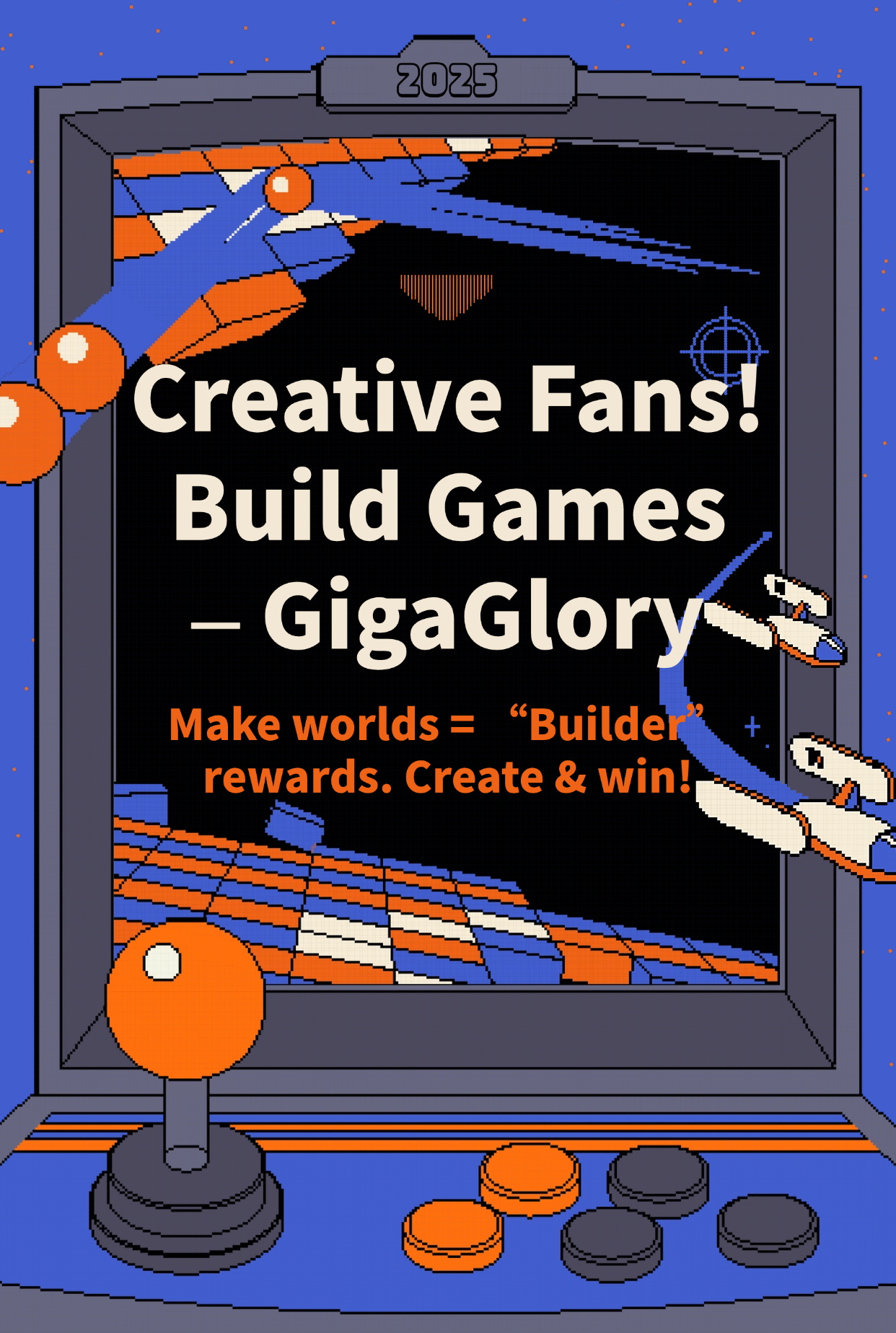From Strategy Games to Idle Games: How to Master the Art of Game Development
In the captivating world of gaming, where pixels dance and stories unfold, the evolution from strategy games to idle games is a journey steeped in creativity and innovation. As developers, we find ourselves standing at the crossroads of intricate planning and effortless engagement, seeking to master the subtleties of game development. This article will guide you through the different realms of game design, using poetic flair to inspire your own mastery in this exciting field.
The Allure of Strategy Games
Strategy games challenge players' minds, prompting them to devise cunning plans and make critical decisions that can affect the entire gameplay. These games, often praised for their complexity, teach us invaluable lessons about patience, planning, and foresight. Picture yourself in a medieval battle, commanding armies, managing resources, and outsmarting opponents. Titles like "Halo Infinite" have set the bar high, though new players may encounter setbacks, such as the dreaded "halo infinite crash on match start." This hiccup serves as a reminder that even the best-laid plans encounter obstacles.
Key Components of Strategy Games
- Resource Management: The backbone of any strategy game.
- Player Decision-Making: Choices made can lead to varied outcomes.
- World Building: A rich environment enhances player immersion.
Crafting engaging strategy games demands an understanding of these components. It’s about creating challenges that feel rewarding when conquered, allowing the player to experience the thrill of victory.
Transitioning to Idle Games
The transition to idle games represents a different philosophy in game design. In idle games, players revel in gradual progression. They can set the game in motion and return later to witness their achievements accumulate. This passive involvement contrasts starkly with the active engagement of strategy games, yet both share the same core goal: to captivate the player’s attention.
| Strategy Games | Idle Games |
|---|---|
| Active Player Involvement | Passive Player Experience |
| Resource Optimization | Incremental Progression |
| Time-sensitive Decisions | Time-based Rewards |
Understanding how players approach these different styles will enhance your design proficiency. Consider *how* you can blend themes from both genres to create a new gaming experience that resonates with diverse player preferences.
Ranked Heroes: A Case Study
What happens when the heroes from various games are placed side by side? In the realm of last war game heroes ranked, players often debate the strengths and weaknesses of their favorite champions. Revealing the rankings of these heroes can spark intense discussions, breeding a sense of community among players. Here’s a concise list of top heroes, captivating both strategy gamers and idleists:
- Legendary Knight - The epitome of valor.
- Strategist Sorceress - A master of spell and mind.
- Fierce Archer - Precision meets agility.
In crafting your games, consider integrating a leaderboard system. Keeping track of heroes and their abilities can foster competition and engagement among your audience. After all, the player’s journey is enriched by the stories of its characters.
Conclusion: The Dance of Game Development
Mastering game development is like crafting a poem; each line must flow seamlessly into the next. From the tension of strategy games to the relaxed enjoyment of idle games, find your rhythm and let it guide your creative process. Remember, every glitch, like the "halo infinite crash on match start,” becomes part of the narrative, adding depth and authenticity.
In the end, embrace every challenge, along with every victory. The art of game development, much like life, is a tantalizing journey filled with unexpected turns and delightful surprises.
FAQs
- What is the main difference between strategy games and idle games? - Strategy games require active engagement and decision-making, whereas idle games allow passive engagement with progression over time.
- How can I effectively balance strategy and idle elements in a game? - Consider integrating elements such as resource management and character development that can cater to both player types.
- Are there successful examples of games that blend these two genres? - Yes, several games utilize mechanics from both categories, significantly enhancing player experience and retention.



